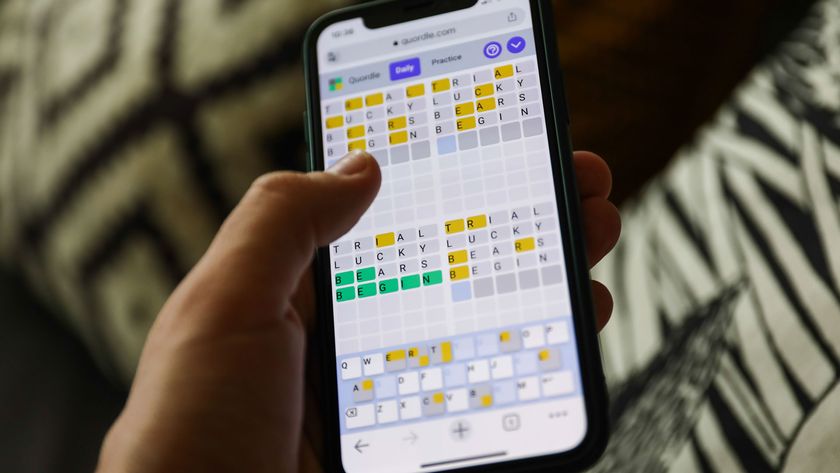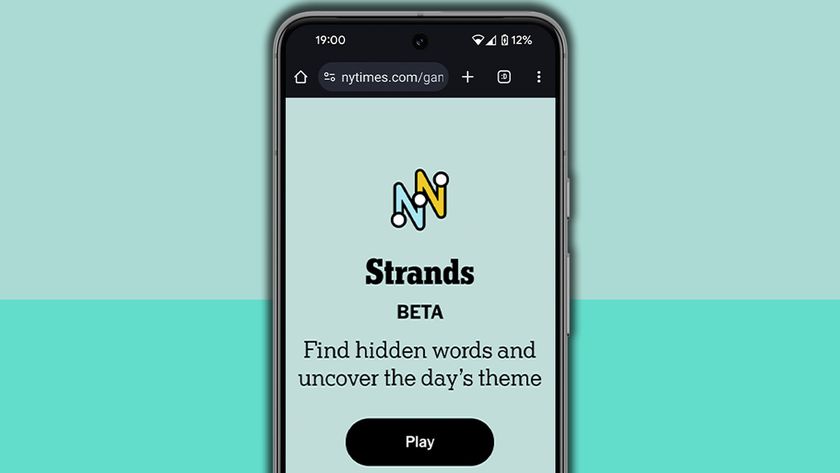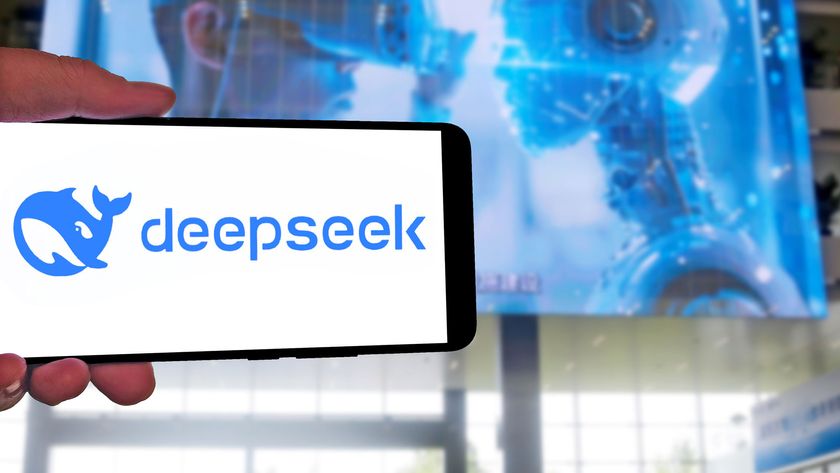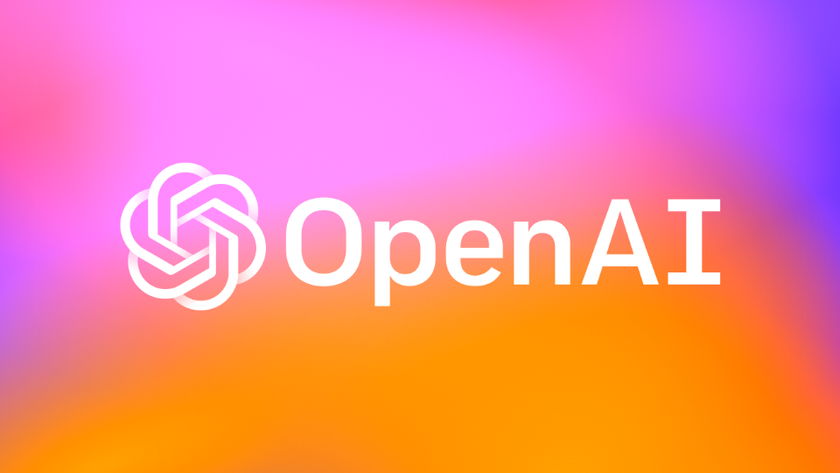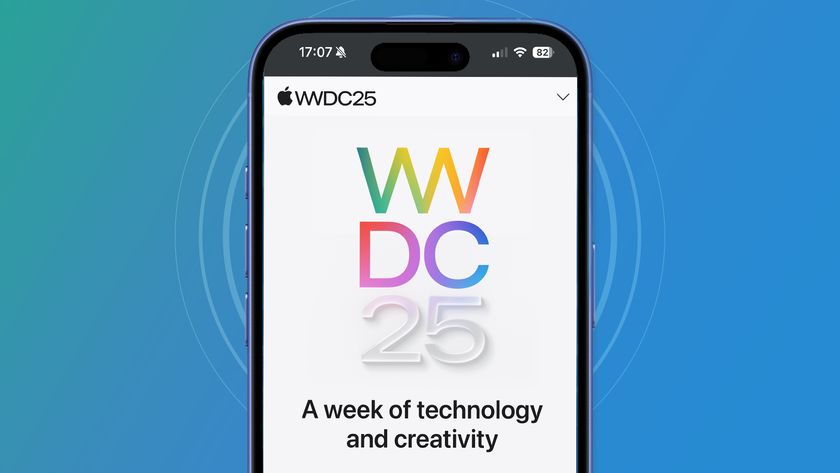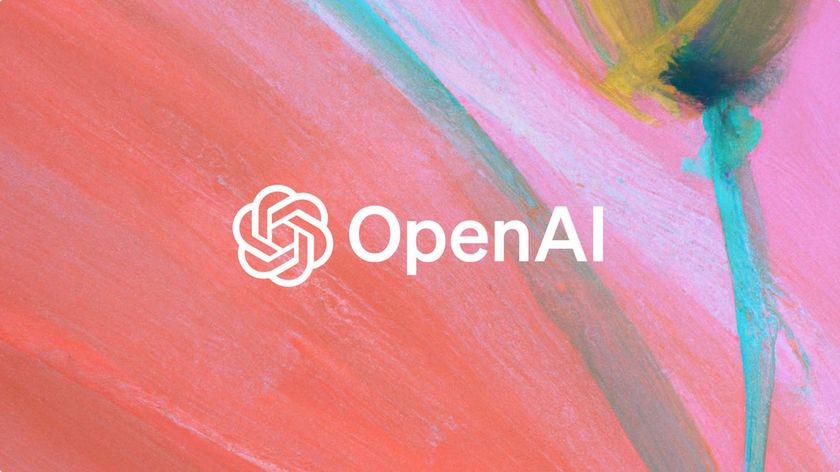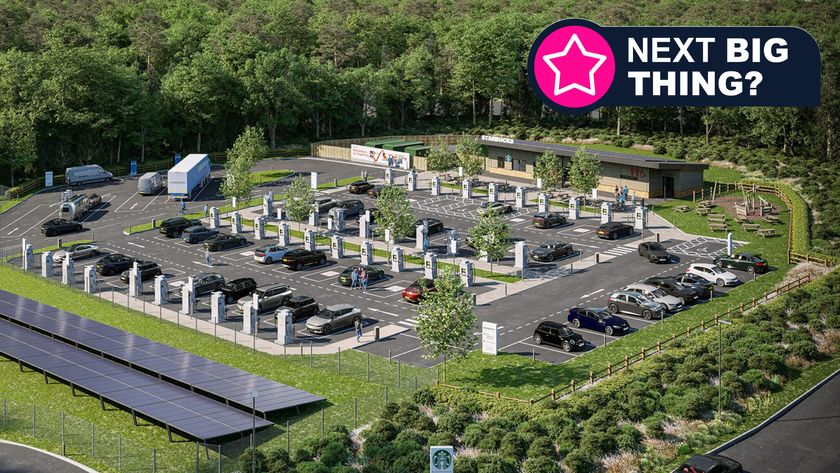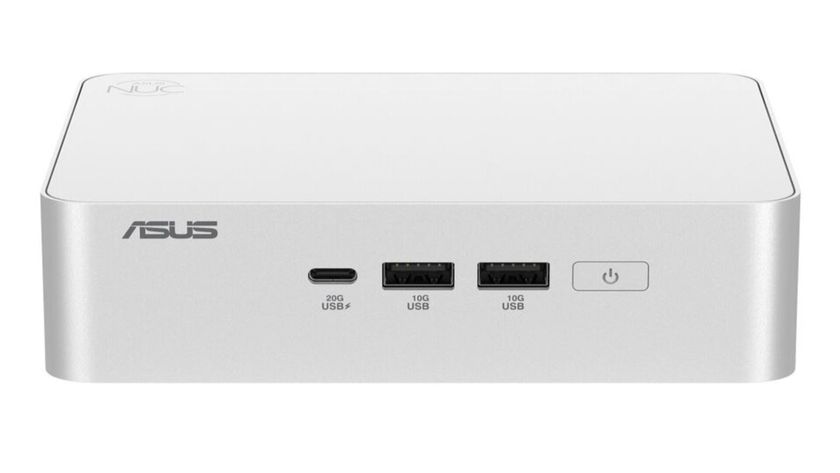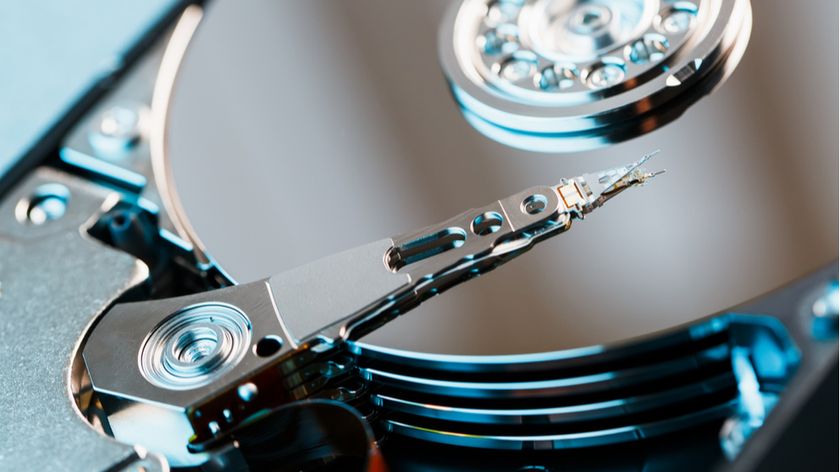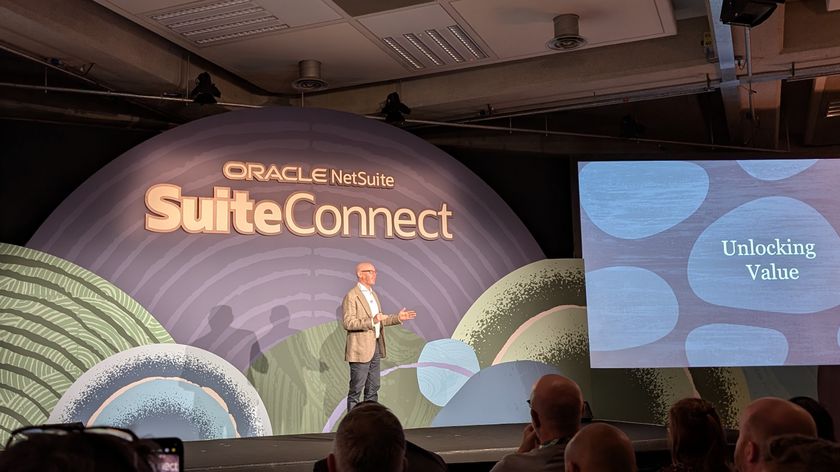Some NBN providers' download speeds are getting significantly worse, ACCC finds
Latest report points to a growing difference between providers
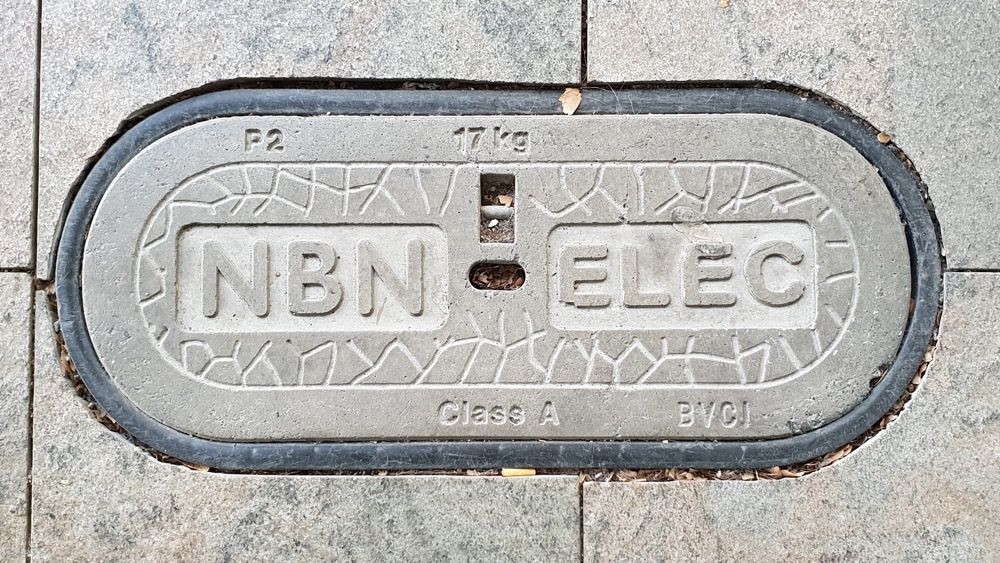
The ACCC's latest ‘measuring broadband’ report – which is conducted every few months by the Australian consumer protection agency – has discovered an increasing difference in the download speeds provided by competing retail service providers (RSPs).
The report features a number of rigorous comparisons, but probably the most pertinent of them measures the average download speed provided by an RSP as a percentage of the maximum speed that a plan can reach.
This measurement is taken during busy hours (defined as between 7pm-11pm) as well as at the ‘busiest hour’, and is often advertised by RSPs as the ‘typical evening speed’. For example, TPG was found to reach (on average) 86.3% of its maximum plan speeds, which would equate to 86.3Mbps for an NBN100 plan.
- NBN plan comparison: the best-value options, hand picked
- These are the fastest NBN plans in Australia
- Just need the basics? We've found the cheapest NBN plans
Optus steals the throne
While TPG has taken out top position for the last three reports, this time around it’s been overtaken by a significantly improved Optus, which has risen 2.1% to offer 87.6% of its advertised download speeds during the busy hours.
Telstra and Exetel have both increased as well, with a respective climb of 9.7% and 2.0%, reaching 83.8% and 84.8% respectively. Aussie Broadband, iiNet, MyRepublic, TPG, and Dodo & iPrimus all saw decreases, with the latter dropping down 4.0% in total, giving it a final rate of 76.4%.
“This shows how RSP performances can vary, and why it pays for consumers to do their research,” ACCC chair Rod Sims said. “We encourage consumers to compare the busy hour speed claims made by RSPs with their real-world performance.”
It’s worth noting that the ACCC found that it’s effectively impossible to reach the maximum plan speed, even outside of busy hours, with download rates “never exceeding much more than 95% of the plan speed”.
Get daily insight, inspiration and deals in your inbox
Sign up for breaking news, reviews, opinion, top tech deals, and more.
Also measured in the report are factors such as number of outages per technology type, and how long they lasted. It was found that HFC (Hybrid Fibre Coaxial) connections experienced the highest average daily outage rate as well as the longest outages, while both Fibre to the Node (FTTN) and Fibre to the Premises (FTTP) fared slightly better.

